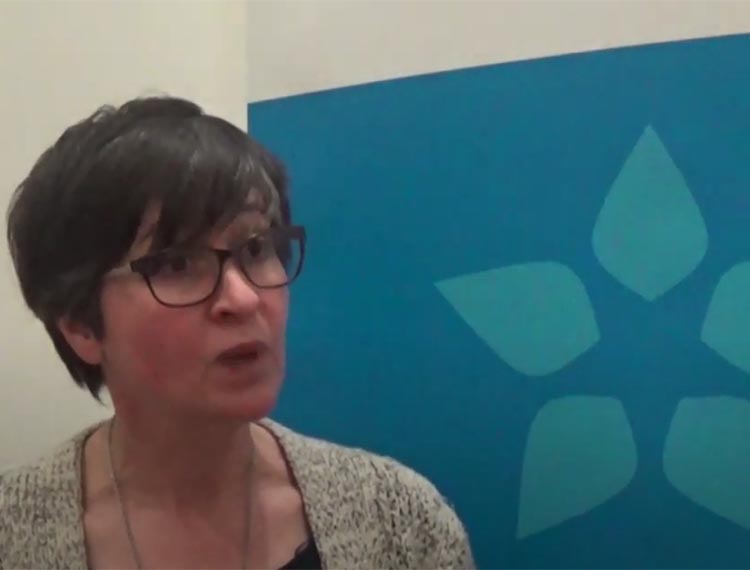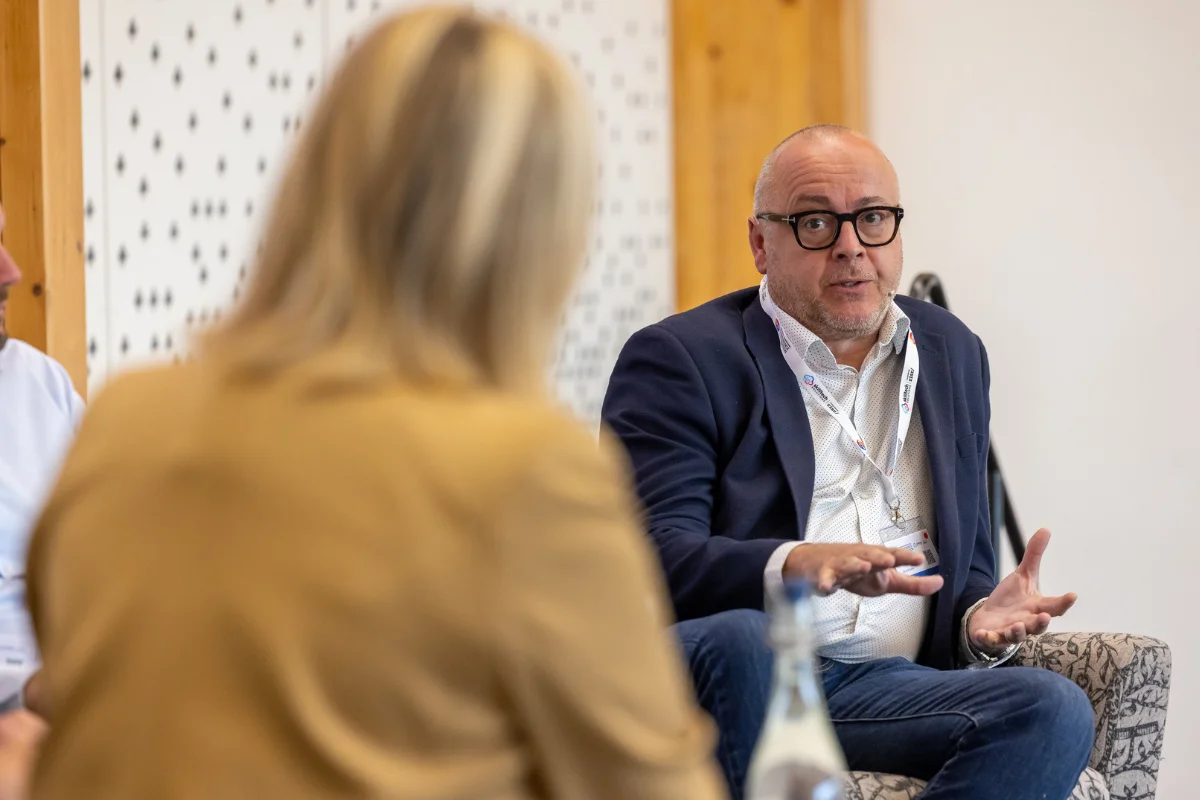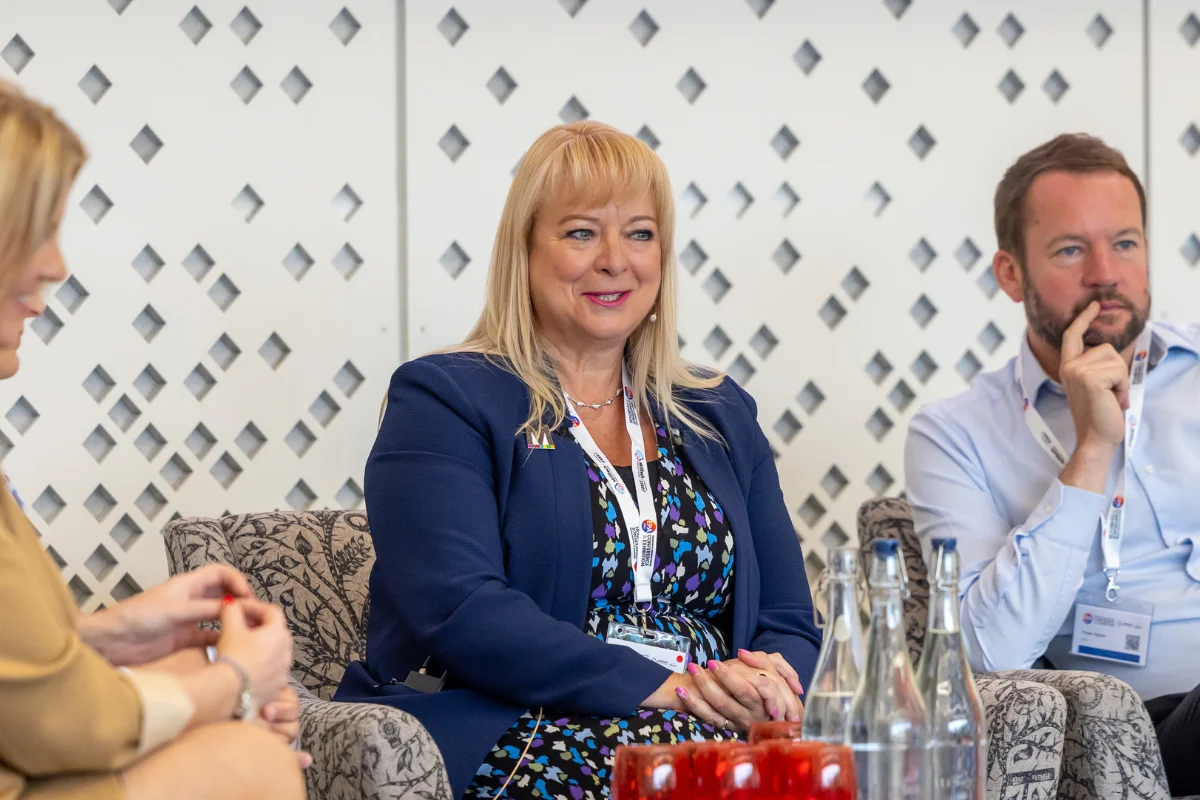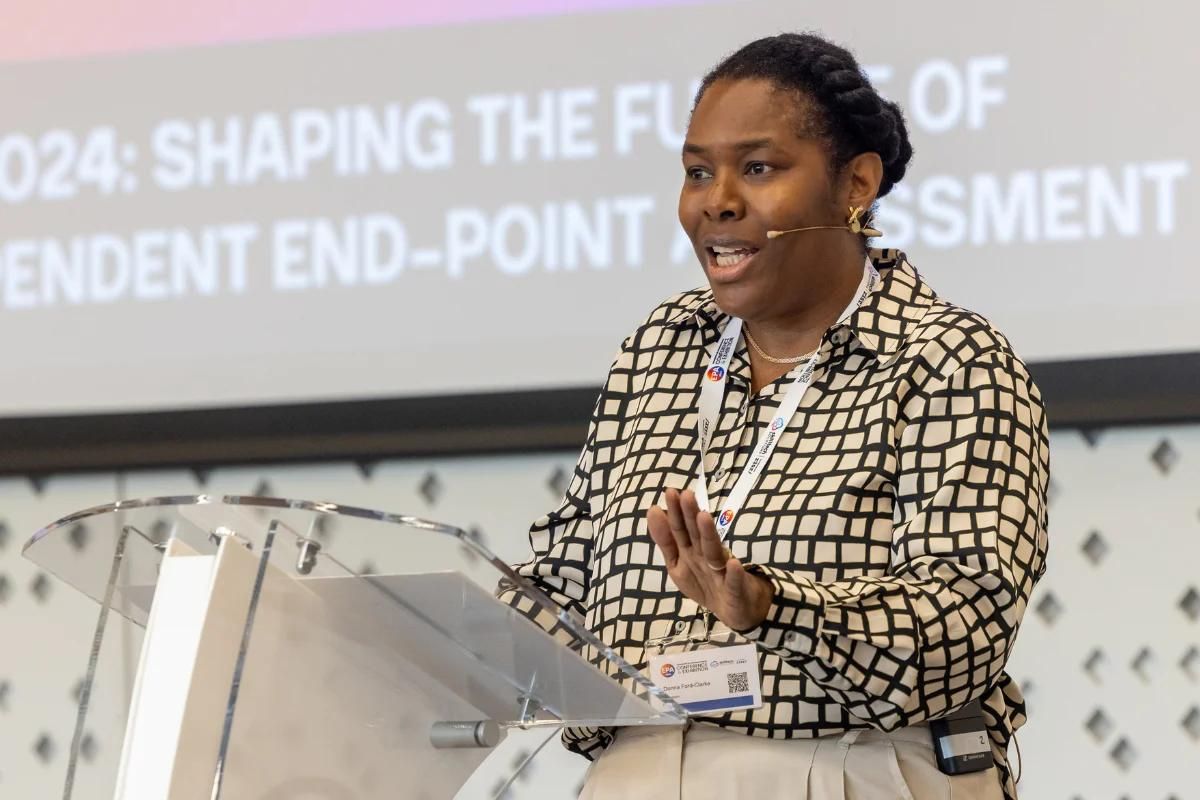Apprenticeships making creative industries more accessible

Creative and design jobs are being opened out to people from less privileged backgrounds via apprenticeships, according to a major new @IFATEched industry report out today [Tuesday], “CREATIVE AND DESIGN- ROUTE REVIEW FULL REPORT“.
Employers say that too many entry level jobs are “precarious”, “poorly paid” and only go to people who already know someone in the industry. Even if they hear of the vacancies, poorer people often cannot afford the financial hit.
The new report by the Institute for Apprenticeships and Technical Education (the Institute) says apprenticeships are helping to address this.
There are now dozens of creative and design entry level apprenticeships providing industry-backed training into everything from fashion and TV or films, to museums and galleries, advertising, journalism and photography.
Exciting new T Levels for craft and design and media, broadcast and production are also set to launch in 2023, meaning the future looks bright in terms of creating more opportunities for access.
Today’s report is the culmination of a comprehensive review into current and future training needs led by employer experts from our creative and design route panel.
It also updates on:
- Progress with bringing apprenticeships and technical education fully up to date for junior journalists, creative venue technicians and live event technicians.
- The impact of COVID-19, with many businesses shouldering extra costs and hits to their income, such as personal protective equipment (PPE) for staff and reducing visitor numbers.
- New principles for approval of qualifications recognising the importance of soft skills like problem solving and marketing, diversity and inclusion, environmental sustainability, and innovative use of new technology.
Kath Geraghty, co-chair of the Institute’s creative and design route panel, said:
“We are really pleased that we have completed this review, despite the challenging times we were working in. It’s vitally important that apprenticeships and technical qualifications stay up to date and relevant for business. They must also adapt to reflect changing working practices and global issues such as sustainability and diversity.”
Creative and design is a growing industry in many areas, for instance over the last 15 years the Crafts Council say the number of people buying craft in England increased from 6.9 million in 2006 to 31.6 million in 2020.
More than two million people were employed in creative industries in 2019/20, over 6% of all UK employment, according to the Department of Culture, Media and Sport.
The sector is dominated by small and micro businesses, featuring many freelancers or self-employed – 80% having no more than two employees – so the report recognises that future technical education must be made to work for smaller as well as big-name employers like the BBC and Amazon.
The comprehensive review helps to show where the skills gaps are and will guide employers to further update apprenticeships and other technical courses to make an even bigger difference.
It is part of the review process which all technical education goes through on a regular basis, to help keep qualifications and apprenticeships up to date.
Jennifer Coupland, chief executive at the Institute, said:
“Creative and design has an exciting future, as we build back better and fairer out of the COVID-19 pandemic and spread opportunity across the country.
“Apprenticeships and technical education are a key way for people to access these popular industries, and we are working closely with employers to deliver the practical changes that will maximise the scope and quality of opportunities that are out there.”








Responses